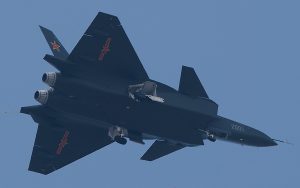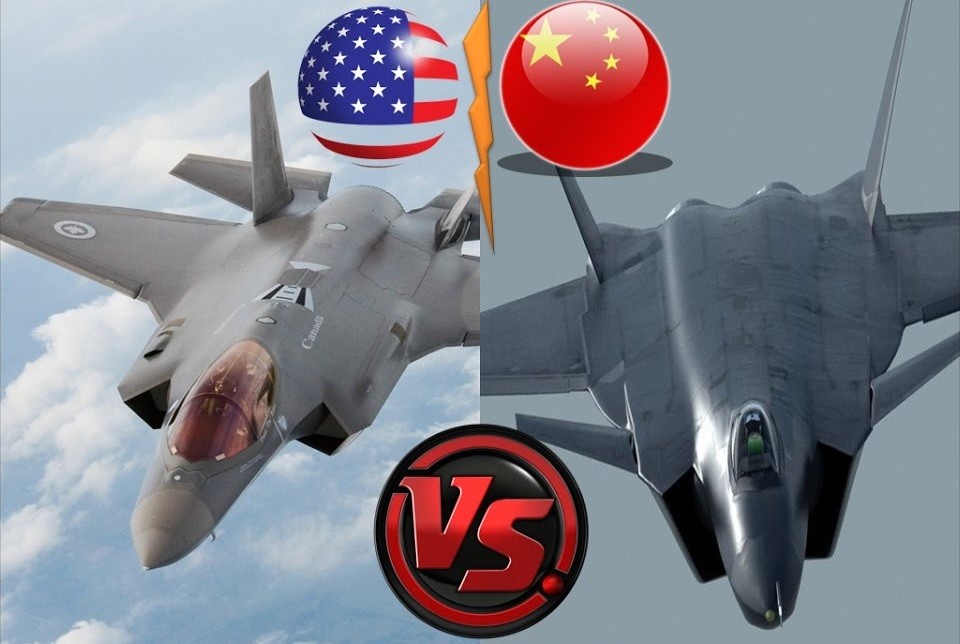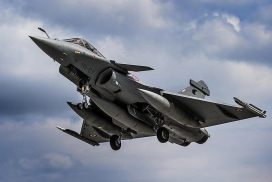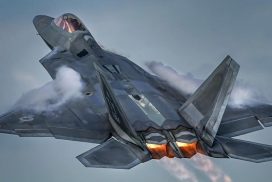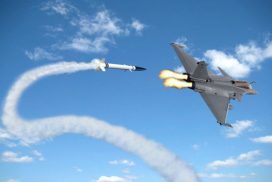China is currently ramping up its defence force, the newest addition to The People’s Liberation Army Air Force fleet being the Chengdu J-20 ‘Mighty Dragon’ stealth fighter jet. The J-20 aims to outclass the Indian Air Force operated Dassault Rafale jets and the US Air Force Lockheed Martin F35s.
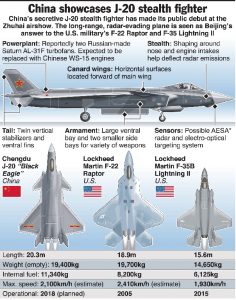
Modified versions of the J-20 have formally entered into mass production, amid power competition and the commissioning of fifth-generation fighter aircraft (which includes Chinese J-20 and US F22, F35). There have been extensive changes in types of warfare systems, and the development of fifth-generation fighter jets. China stated that its next-generation fighter aircraft is expected to be in service by 2035.
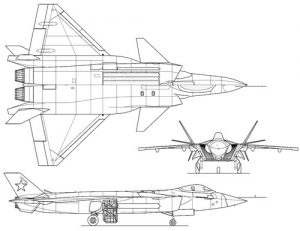
In previous generation fighter aircraft, the deciding factor used to be manoeuvrability. Future generations require longer combat and endurance range, extensive stealth abilities, wider array and a larger load of weapons systems such as advanced beyond-visual-range (BVR) medium-range air-to-air missiles, and the technology to give the pilot a better understanding of the battlefield with imagery and artificial intelligence.

Defence experts believe specifications of the Chengdu J-20 stealth fighter jet are very similar to the Lockheed Martin F35 of the US Air Force in regards to the autonomous computer-controlled ability to gather, organize and present mined data and information to pilots.
An aircraft possessing an integrated system is capable of forming a network, extract real-time data from the environment, plan multiple attack manoeuvres, and transmit information across the mission spectrum all in real-time. The apparent similar design characteristics between the Chengdu J-20 “Mighty Dragon” and the US Air Force F-35 are speculated to be a result of espionage.
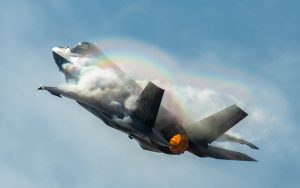
However, a superficial look at the Chengdu J-20 does not appear to show any outward resemblance to the F-35. The J-20 has a wider and longer lower-fuselage, to accommodate the wing spars and internally built exhaust section. The J-20 has canard wings (small forward wings to generate lift, replacing the horizontal stabilizer and designed to reduce overall drag) a feature the F-35 doesn’t have. Some speculators said there is more similarity between the F-35 and China’s J-31 multi-role fighter jet.

Indian Air Force defence experts stated that the stealth characteristics of the Chengdu J-20 are extremely debatable. The J-20 was hyped up to be a stealth fighter jet, an aircraft that could avoid detection and conceal itself during operations. According to Indian Air Force Defence analysts, the Dassault Rafale is far superior to the Chengdu J-20 of China. At best, the J-20 is a 3rd or 4th generation aircraft, given that it still uses a 3rd generation turbofan afterburner power plant borrowed from the Sukhoi.
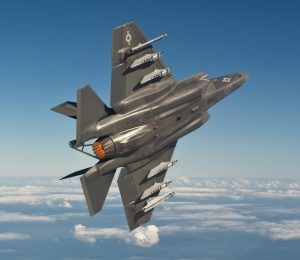
Designers of the J-20 from Aviation Industry Corporation of China (AVIC) stated that the J-20s distinct feature includes artificial intelligence to help pilots access, process and make decisions based on environmental information in a battlefield. Artificial intelligence is the key to help them become mission objective-oriented.
Artificial Intelligence has become the deciding factor. For the Chengdu j-20, each step in the observe-orient-decide-act (OODA) loop during air combat will feature artificial intelligence in the decision-making process.
